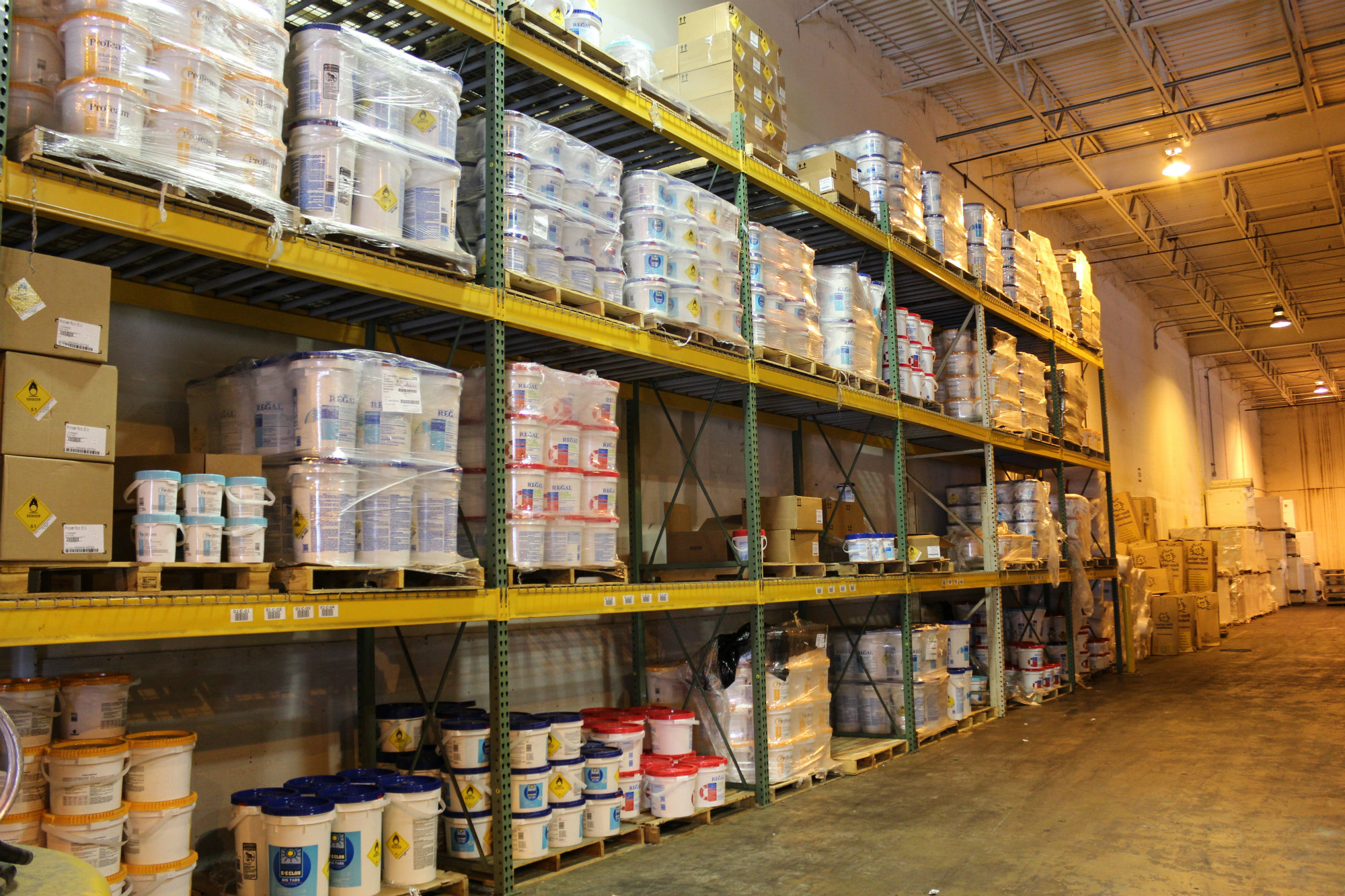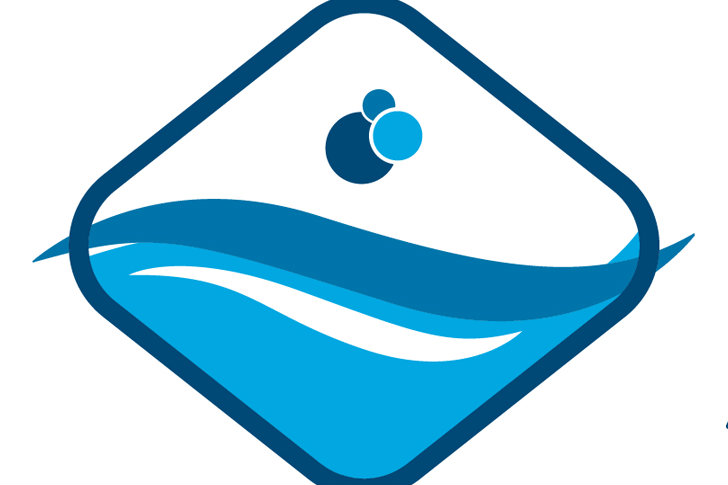Pool season is almost here!
For consumers, this time of year typically serves as the kick-off point for three months of summer fun. And to get the most out of those neighborhood barbecues and backyard pool parties, they’ll be purchasing everything from pool shock and swim towels to new patio furniture and barbecue grills.
But that peak buying season also can trigger feelings that range from joy to trepidation for pool and spa distributors. Even those who consider themselves perfectly prepared for the season may come up against a few unexpected bumps in the road. Will consumers spend as much as expected? Will I have enough workers to ship the orders? Will the weather take a turn and shorten the season?
While no one has access to a crystal ball, we’ve reached out to some of the biggest names in the business to get a better understanding of the challenges and opportunities awaiting distributors this season and throughout the upcoming year. They’ve also shared their strategies for meeting those challenges and keeping their businesses thriving and customers happy.
The good
Most distributors seem headed into the season on a cloud of optimism.
“You have great enthusiasm going into the 2017 season that we haven’t seen in the industry for a number of years,” says David Jaffe, CEO of Saginaw, Mich.-based Cinderella. “Consumers are enthusiastic about reinvesting in their homes, manufacturers are enthusiastic about [business performance] over the past few years, and distributors are enthusiastic about putting all of the pieces together.”
Jaffe credits these positive feelings to economic factors ranging from a healthy stock market to interest rates that are still low by historic standards. These factors incentivize consumers to reinvest in their homes and backyards.
Donna Williams, chief marketing officer/general manager at Covington, La.-based PoolCorp, has noticed the good vibrations as well. After traveling to a number of shows across the country this year, she’s heard quite a bit of optimistic talk from retailers, builders and manufacturers. She notes that the positive momentum from last year is fueling high expectations for this season. “A lot of builders have backlogs,” Williams says. “Some of the [rainy] weather in California [has slowed construction], but they have jobs on the books.”
The rosy outlook being felt throughout various segments of the industry naturally gives way to positive feelings at the distributor level. If builders are experiencing an uptick, then distributors are charged with getting more products and supplies to their clients.
Speaking of products, Jaffe also is excited about what’s been going on within the manufacturer segment of the industry. He says new-product introductions have picked up pace, specifically in the realm of automation, following a post-recession investment lull. Tech-savvy products geared toward millennials make owning a pool easier and more fun, and are therefore easier to sell, he says.
Distributors such as Jaffe also appreciate the increasing number of manufacturers offering products exclusive to brick-and-mortar stores. Large companies like Pentair, Hayward and Zodiac all offer products that cannot be sold online, strengthening the retail sales channel and thereby benefiting distributors, he says.
Mother Nature also may provide a great opportunity for distributors. Winter storm Stella brought several feet of snow to much of the Northeast in mid-March, which halted what had been considered a mild winter/early spring. However, temperatures may inch their way back up, bringing an early pool season. “If the early spring that most of the country has experienced holds … and it delivers a good, long summer, this will be great for the industry,” says Jose Miranda, COO of Appatek Industries in Concord, N.C.
The mild weather of the last several seasons has hindered the pool industry to a degree. While warm temperatures typically lead to higher sales, they also can lead to lower replacement sales. When items such as tiles, pumps and filters aren’t exposed to the harsh elements, they’re less likely to need to be replaced or repaired. But the industry is now bouncing back from that, says Mark Warshaw, chief executive officer of Bel-Aqua Pool Supply in New Rochelle, N.Y.
“We have … pools that need replacement equipment and replacement finishes,” he says. “And that, I think, has built up over the past couple of years. Now people can’t put that off anymore.”
He also notes that consumers are spending money on upgrades, such as energy-efficient pumps and heaters, rather than simply replacing products after they break.
The bad
Since light can’t exist without dark, challenges inevitably follow alongside opportunities.
Remember that early spring possibility that would be so helpful to the industry? Well, it may cause a couple of headaches as well. Miranda notes that forecasting proper inventory levels, key items and brands will pose a challenge for the upcoming year if the 2017 season begins early. There have been a few sub-par years in the recent past, compared to 10-12 years ago, which is where some distributors may have set their barometers, he says. If the summer heat kicks in too soon, distributors may find themselves with an insufficient amount of product.
To combat the issue, Appatek monitors inventory levels and projections on a weekly basis and will be maintaining good communications with customers as to their sales and usage of products. “The more data [we have] available, the better decisions [we can make],” says Miranda.
Possible demand surges also are a concern for the upcoming season. If demand increases unexpectedly, then distributors risk late deliveries to their clients. To meet this possibility, some distributors have begun hiring seasonal staff earlier than before. For instance, Pool Contractors Supply in Memphis, Tenn., hired seasonal workers in January — two months earlier than usual. This is meant to help ensure that trained people will be at the ready to handle extra demand increases, says Ed Flemmons, president/CEO. The company also is using technology to keep up with demand. It has optimized its B2B website to adapt to all mobile devices. This makes it easier for dealers to order what they need, Flemmons says. Centralized order tracking of inbound and outbound freight also is being used to give the company’s inside team complete access to information needed to serve the customer, he says.
Distributors report that early hiring also helps with another hot-button issue affecting the whole industry: labor shortages.
The wholesale segment hasn’t been immune to this problem, which largely springs from low unemployment rates plus hiring competition from other segments in the industry, such as builders and retailers. With these factors in place, fewer qualified workers are willing to settle for seasonal work. Those who are qualified can command a higher wage, Jaffe says.
Specifically, distributors face shortages of drivers, warehouse workers and counter staff, Williams says. In dealing with this issue, PoolCorp will rely on some temporary labor and provide plenty of training to new hires. The organization also plans to place a finer focus on inventory accuracy, organization, and having the right products in stock. These actions are expected to result in a streamlined, efficient process that will allow the company to get the most out of its labor force.
To prevent labor issues from becoming a problem in the future, Williams would like to see the industry as a whole do more recruiting of high schools and technical colleges — a common practice in the HVAC and plumbing trades, she says.
The hot-tub industry will be facing its own special breed of challenges this year. The No. 1 issue seems to be consolidation.
“We have extreme supplier consolidations going on right now,” says Barry Knickerbocker, president of Spa Parts Plus in Prescott Valley, Ariz. “The number of people making products on the hot-tub side are diminishing quickly.”
To keep these challenges from crippling the business, Spa Parts maintains very close relationships with its suppliers. This helps it ascertain how changes to their business, such as consolidation, may impact his business. From there they can work out any issues, says Knickerbocker.
One issue that the hot-tub industry has in common with the pool business is the supply chain breach brought on by the internet. The online sales channel allows manufacturers to provide products directly to the consumer, which leaves brick and mortar retailers as well as distributors out of the loop. Spa Parts is working through that issue by offering a large variety of products as well as same-day shipping — essentially keeping it in the clients’ best interest to keep purchasing from Spa Parts. “We do everything our customers need,” says Knickerbocker. “We offer all products, and we are willing to help customers.”
You can’t get that kind of support from a computer screen.



